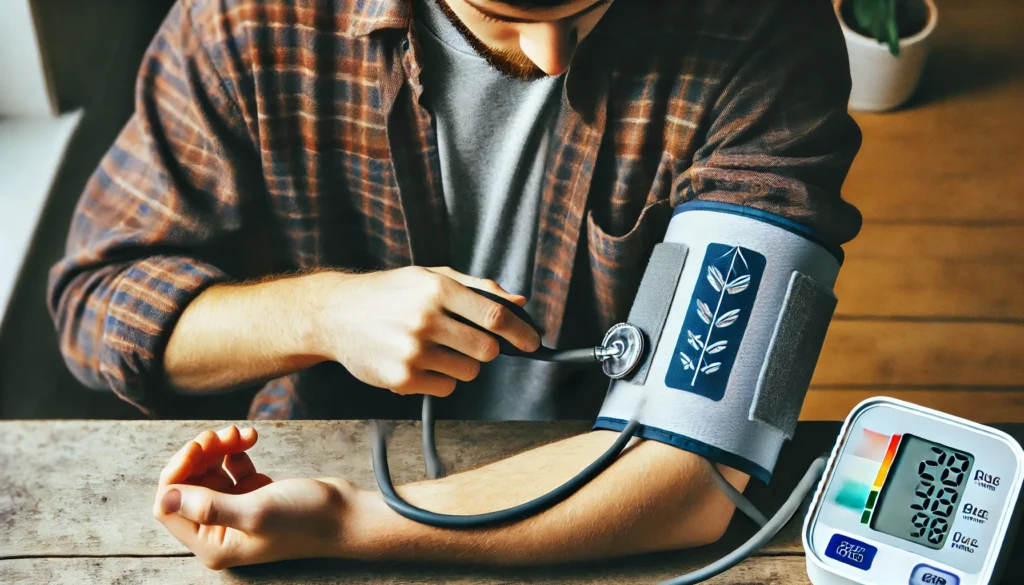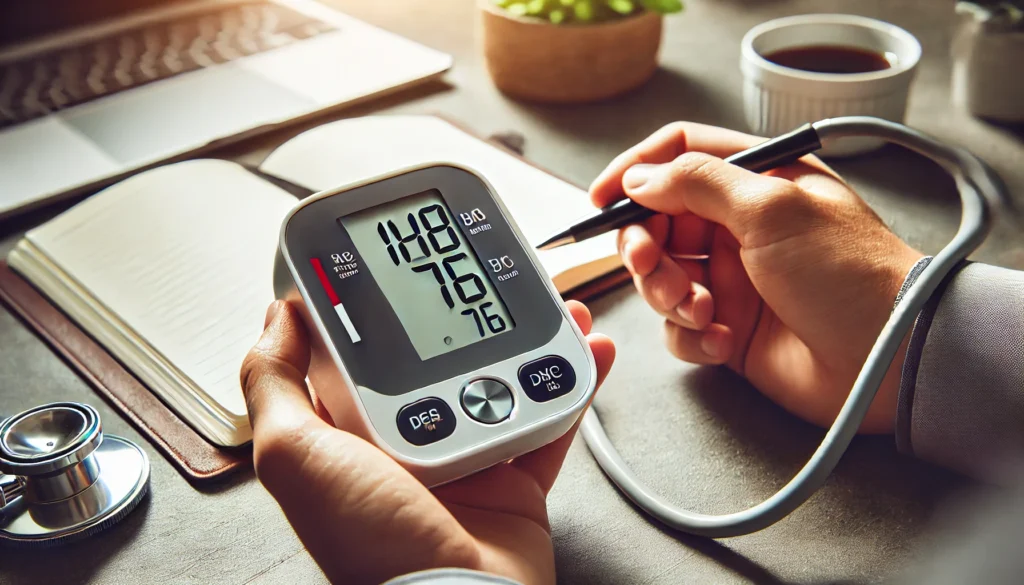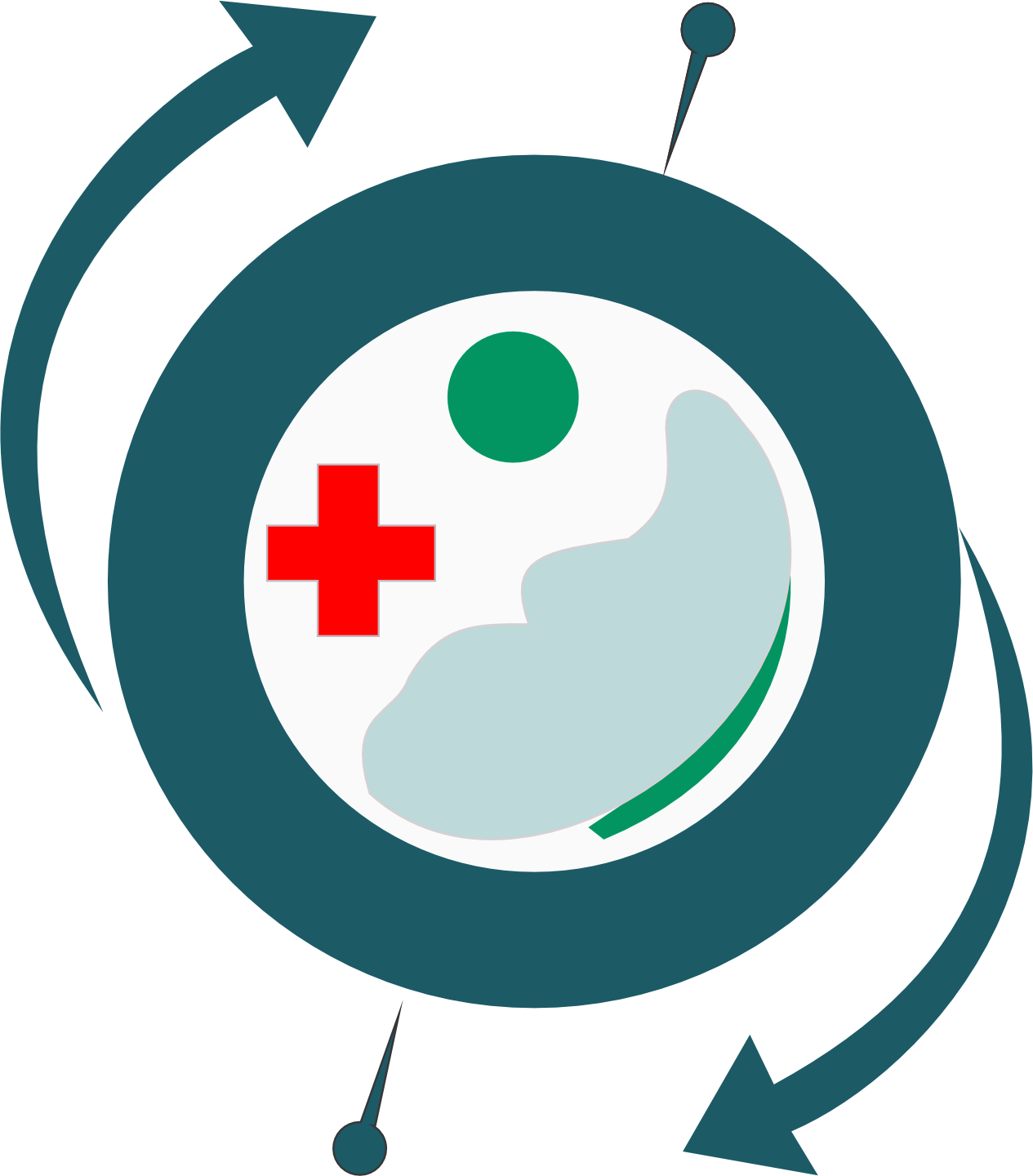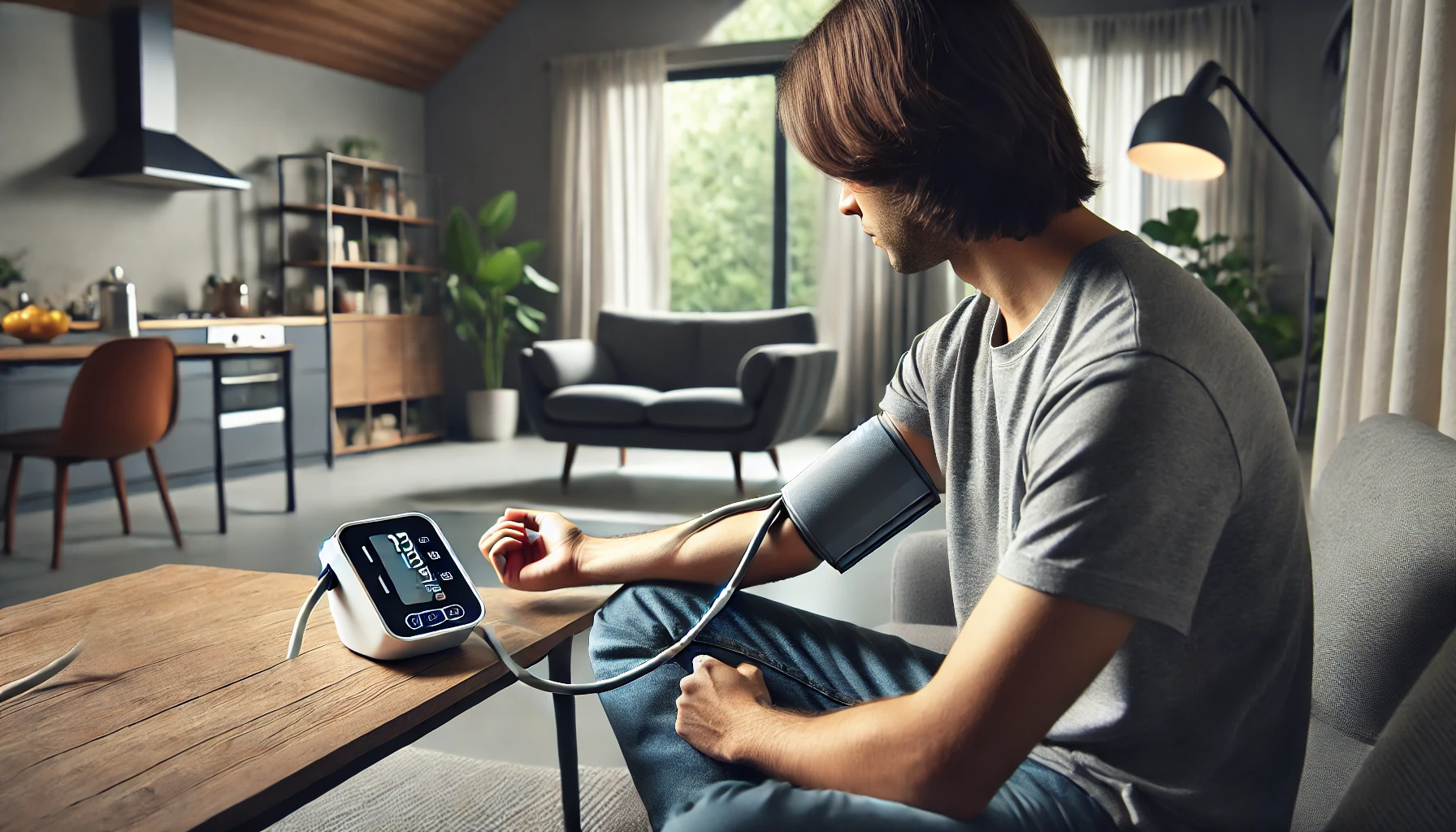How to Measure Blood Pressure at Home: Complete Guide to Accurate Measurement
Measuring blood pressure at home is essential for cardiovascular health monitoring. With the rise in hypertension and related conditions, it is crucial to know how to perform this measurement correctly to ensure accurate and reliable results.
Blood pressure reflects the force with which blood circulates through the arteries. Values outside the normal range can signal health issues requiring medical attention. Therefore, learning how to measure blood pressure at home is a vital skill for ongoing health monitoring.
In this guide, we will cover key aspects of measuring blood pressure at home, including the importance of regular monitoring, available types of devices, step-by-step instructions for accurate measurement, common mistakes to avoid, and how to interpret the results.
Importance of Monitoring Blood Pressure Regularly
Blood pressure can vary throughout the day due to factors like stress, diet, and physical activity. Regular monitoring at home helps identify patterns and potential changes that may indicate health problems.
Additionally, home measurement helps avoid “white coat syndrome,” where blood pressure temporarily rises due to anxiety during medical appointments. Home readings provide a more accurate and realistic view of blood pressure over time.
Ongoing monitoring is also useful to assess the effectiveness of prescribed treatments, allowing for adjustments as needed. Patients with hypertension or other cardiovascular conditions benefit significantly from continuous monitoring.
When and How Often to Measure Blood Pressure at Home
Measuring blood pressure at home should follow a routine to ensure consistent results. Ideally, measurements should be taken at the same times each day, preferably in the morning and evening, before meals and medications.
For individuals diagnosed with hypertension, daily monitoring is recommended until blood pressure is under control. After stabilization, a doctor may suggest reducing the frequency to two or three times per week.
Healthy individuals without hypertension can measure their blood pressure monthly or as advised by a physician, for prevention and control.
Before measuring, rest for at least 5 minutes, stay in a calm environment, and avoid intense physical activity, caffeine, or alcohol beforehand.
Types of Devices to Measure Blood Pressure
There are two main types of devices for measuring blood pressure at home: digital and manual. Each has specific features and may be more suitable depending on the user’s experience.
Digital Devices
Digital devices are the most recommended for home use, especially by non-health professionals. They are easy to use and automatically provide results.
There are arm and wrist models. Arm monitors are considered more accurate, while wrist monitors are more practical but sensitive to body position. Choose a device approved by health authorities.
Manual Devices
Manual devices, also known as sphygmomanometers, require a stethoscope to listen to heartbeats. Therefore, they are suitable for healthcare professionals or trained individuals.
Although accurate, the risk of measurement error is higher without proper technique.
Step-by-Step Guide to Measure Blood Pressure Correctly

Knowing how to measure blood pressure at home correctly is key to ensuring result accuracy. Follow this detailed guide for proper measurement:
- Prepare the environment and your body:
- Sit comfortably in a quiet place.
- Rest your back against the chair.
- Keep your feet flat on the floor, do not cross your legs.
- Rest for 5 minutes before measuring.
- Avoid talking or moving during the process.
- Position your arm correctly:
- The arm should be relaxed, with the palm facing up.
- Support the arm at heart level on a table or armrest.
- Remove tight clothing that could constrict the arm.
- Place the cuff:
- Wrap the cuff around the arm, about 2-3 cm above the elbow.
- Ensure the cuff is snug but not too tight.
- Take the measurement:
- Turn on the device (digital) and wait for it to complete automatically.
- If using a manual device, inflate the cuff to about 180 mmHg and, with the stethoscope, listen to the heartbeats while slowly releasing the air.
- Record the results:
- Note the systolic (higher value) and diastolic (lower value) pressures.
- Include the date, time, and conditions (e.g., after resting, after eating).
Common Mistakes When Measuring Blood Pressure at Home
Several mistakes can compromise the accuracy of measurements and lead to incorrect interpretations. Here are the most common and how to avoid them:
- Talking or moving during measurement: This can temporarily raise readings.
- Incorrect arm positioning: The arm must be at heart level. If too low or too high, results will be inaccurate.
- Improper cuff size: A cuff that’s too small or too large alters the reading.
- Measuring after physical exertion or caffeine intake: This can artificially raise blood pressure.
- Not calibrating the device regularly: Uncalibrated devices may give incorrect readings.
How to Record and Interpret the Results

After learning how to measure blood pressure at home, it is essential to keep an organized record of readings. This helps track progress over time and share accurate data with your doctor.
How to Record:
- Use a notebook, spreadsheet, or specific app.
- Record the date, time, systolic and diastolic values, and heart rate, if available.
- Include notes such as “before breakfast,” “after walking,” or “after medication.”
How to Interpret:
- Normal pressure: up to 120 x 80 mmHg.
- Prehypertension: between 121-139 x 81-89 mmHg.
- Hypertension stage 1: between 140-159 x 90-99 mmHg.
- Hypertension stage 2: above 160 x 100 mmHg.
Very low values, below 90 x 60 mmHg, indicate low blood pressure and also require attention.
If readings are frequently outside the ideal range, seek medical advice. A single altered reading may not be concerning, but frequent changes should be investigated.
Conclusion
Knowing how to measure blood pressure at home correctly is a practice that supports your health and well-being. With accurate and regular readings, it is possible to detect early changes, monitor cardiovascular treatments, and prevent complications.
Choose the right device, follow usage instructions, and maintain a detailed log of your readings. Avoiding common mistakes also ensures more reliable results.
Remember: home monitoring complements, but does not replace, medical evaluation. Always consult a healthcare professional to correctly interpret your data and adjust treatments when necessary.
If you use supplements, it’s important to know that some can negatively affect the liver, also harming cardiovascular health. Find out which supplements to avoid in this article: Toxic supplements for the liver you should know about.
Chronic inflammation can directly influence blood pressure levels. Learn how to adopt habits that help reduce inflammation in the body: How to reduce inflammation naturally.
Learn more about the care and techniques for accurately measuring your blood pressure at home, ensuring precise and reliable results. Read the full article at Drauzio Varella Portal.


No responses yet